Like many places, coffee culture is alive and well in Australia. But Melbourne, a city whose name derives from ‘the mill on the brook’, takes it to a whole other level! There, coffee is truly an obsession!
A Real Love Story
Melbourne’s love affair with coffee began when the first espresso machines came on the scene in the 1950s. It sparked a revolution, forever changing the techniques used by the pre-war immigrants. The Italian café Pellegrini Espresso Bar opened around that time, and helped the coffee culture take flight in the following years.
Third-Wave Coffee
Today, coffee culture has become one of the city’s biggest draws. The Port of Melbourne sees thirty tons of coffee beans imported from around the world, pass through it gates every single day! That’s around a 780% increase in just the past twelve years!
You’ll often hear people discussing things like cold drip, Aeropress, and cupping about town; further evidence of the city’s incredible love for coffee and third wave specialty roasters. Many Melburnians are self-proclaimed coffee snobs. They expect to know everything about their drink: its origins, growers, the pedigree of organic plantations, how the coffee was brewed and roasted, the list goes on. To them, coffee is a special treat for the senses!
Some places will offer a dazzling array of alternative brewing methods as well, from French press, to pour-over, to vacuum brewing. Many have opted for minimalist or industrial decor, making way for the true star of the show: the coffee.
Stand-Up Bars and Piccolo Lattes
Melbourne’s stand-up espresso bars certainly add to the city’s charm. These tiny establishments are literally tucked away, with tiny footprints and limited menus but an outsized love of quality coffee and good design.
While lattes, cappuccinos, and flat whites (which I discovered in Australia) remain popular, piccolo lattes, made with less milk than their ‘grande’ sisters, are THE drink right now.
A Favourite of Baristas
Of course, we have to mention the many local baristas who have been successful in international coffee competitions. And since this little bean is such a big part of Melburnians’ lives, the city even holds an international coffee expo every year.
“Coffee culture in Melbourne is just incredible. It’s pretty much impossible to find a bad cup of coffee in Melbourne” says former World Barista Champion Pete Licata, who is originally from the United States. You can’t walk through the city without catching the familiar scent of a perfect espresso floating through the air!
Coffee Tours are a Must
If you visit Melbourne, you absolutely have to go on a coffee tour. Accompanied by a savvy guide, you’ll stroll through the maze of lanes and under gorgeously built arches in search of the best coffee the city has to offer. As you go, don’t forget to enjoy the massive multicoloured graffiti pieces that brighten the city’s walls; a long shot from amateur tags, these works of art are by world-famous Australian artists. You’ll also get to take in the heavenly aromas of roasted coffee beans as you sample all the delights the coffee stalls have to offer. You will learn how your coffee is made, processed, and roasted, as well as how to savour it properly. After all, Melbourne is known around the world for its coffee blends, so you really do want to make the most of every drop!
So…is it ‘espresso’ or ‘expresso’?
Well…yes. Purists may disagree, but the word can be written with both an S and an X.
ESPRESSO
Caffè espresso was invented in Italy in 1884. More specifically, it was created in Turin by Angelo Moriondo. He patented the machines that make this famous beverage: a small shot of coffee, often with a strong taste and scent, brewed mainly using high pressure. Technically, it is steam, or hot water, forced through finely ground coffee beans, which are typically dark roasted. The word ‘espresso’ comes from the Italian verb esprimere, meaning ‘to press or squeeze out’ (it can also mean ‘express’, as in ‘put into words’ or ‘make known’). In the past, the word also referred to the machine, which was later perfected by Luigi Bezzerra and Desiderio Pavoni, used to prepare the famous beverage, as well as the establishment where it was made and sold.
The English also spelled the word with an S, seeing it as a derivative of the expression ‘to press out’. So, purists tend to prefer this spelling as a nod to the Italians, who invented the drink, but...
EXPRESSO
In French and Portuguese, the word is more often spelled ‘expresso’. The X comes from the English word ‘express’, which itself comes from the Latin expressus. It’s also inspired by the fact that the drink is brewed relatively quickly compared to other brewing methods. Espresso machines operate faster than percolators, delivering the coffee to the customer at a speed requiring less of a wait.
However, ‘expresso’ is regarded as a misspelling by usage experts, who scoff at the deviation from the original Italian.
Thus, ‘espresso’ remains the original borrowed word for the beverage, but ‘expresso’ is used enough in English to be found in the dictionary. We just think of ‘expresso’ as a quirky, jittery variant, so either way, cheers!
Ariane Arpin-Delorme
Speaker, travel blogger, consultant, author of six books, and college of tourism professor Ariane Arpin-Delorme is passionate about everything she does. During her travels to more than eighty countries, she has gained experience in a number of tourism-related fields: hospitality, tour guiding, charity event coordination, tourism marketing and promotion, travel arrangements, and even teaching. She founded the travel agency Parfums d’Asie several years ago, followed by Esprit d’Aventure in 2013, where she still serves as a travel advisor and custom travel consultant. She loves hiking, biking, scuba diving, and sailing!
Interested in visiting Australia? Here are a few ideas for private custom itineraries Esprit d’Aventure would love to personalize for you!
Follow Ariane on Instagram here. Learn more about Esprit d’Aventure here.

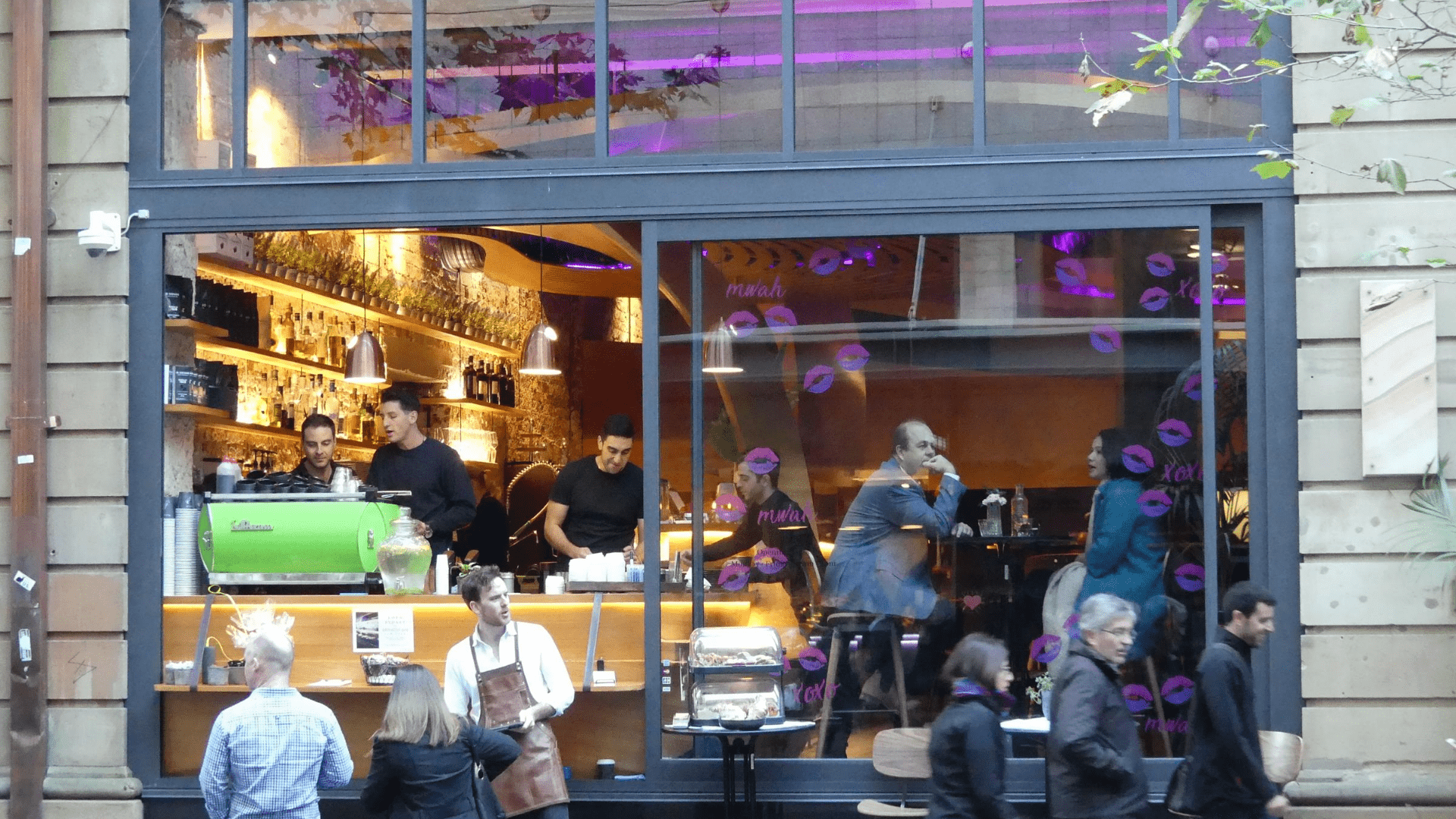
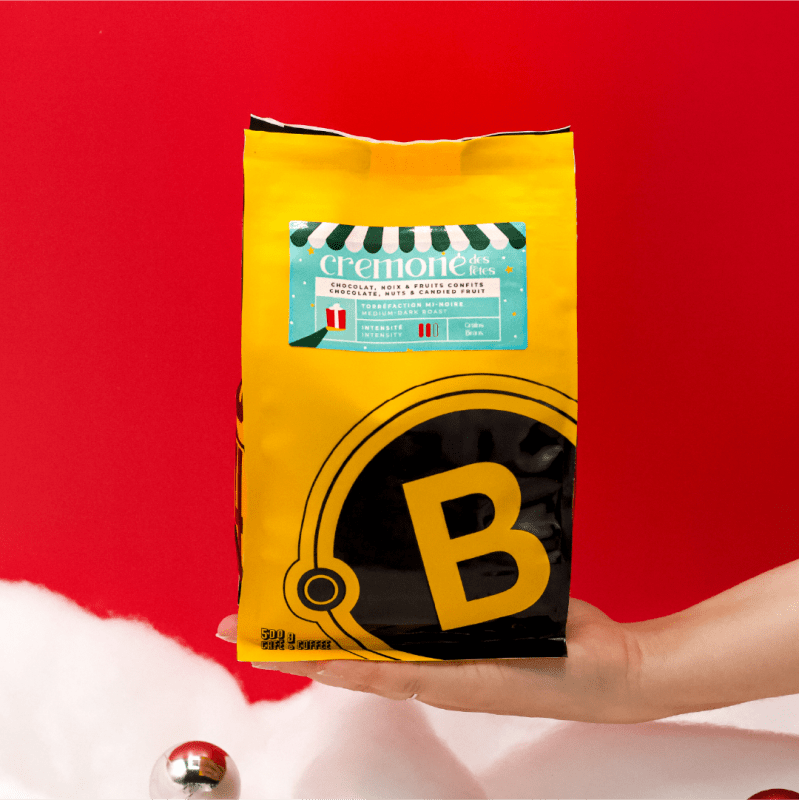
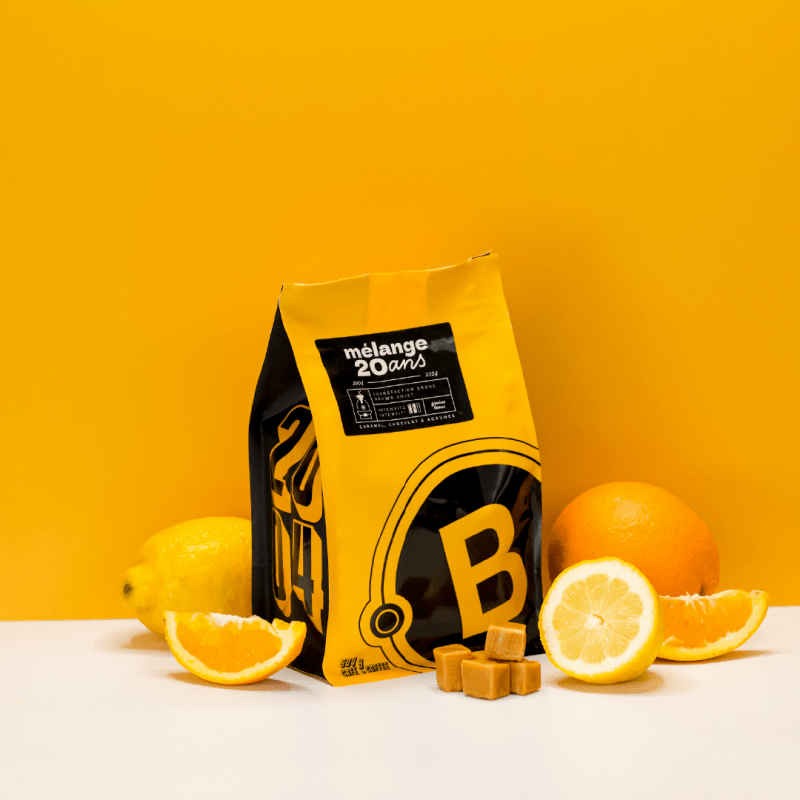


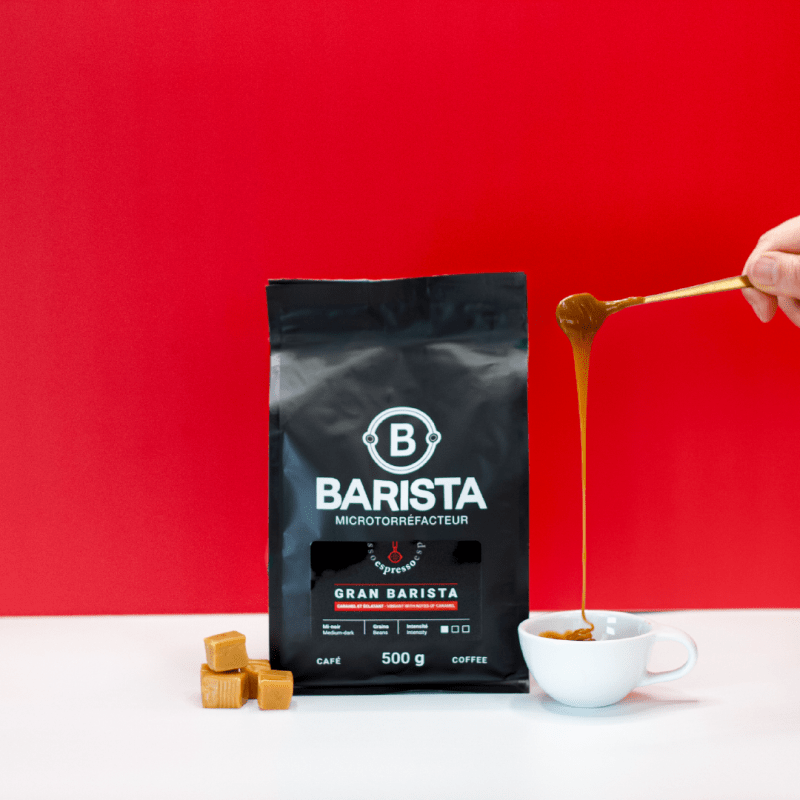
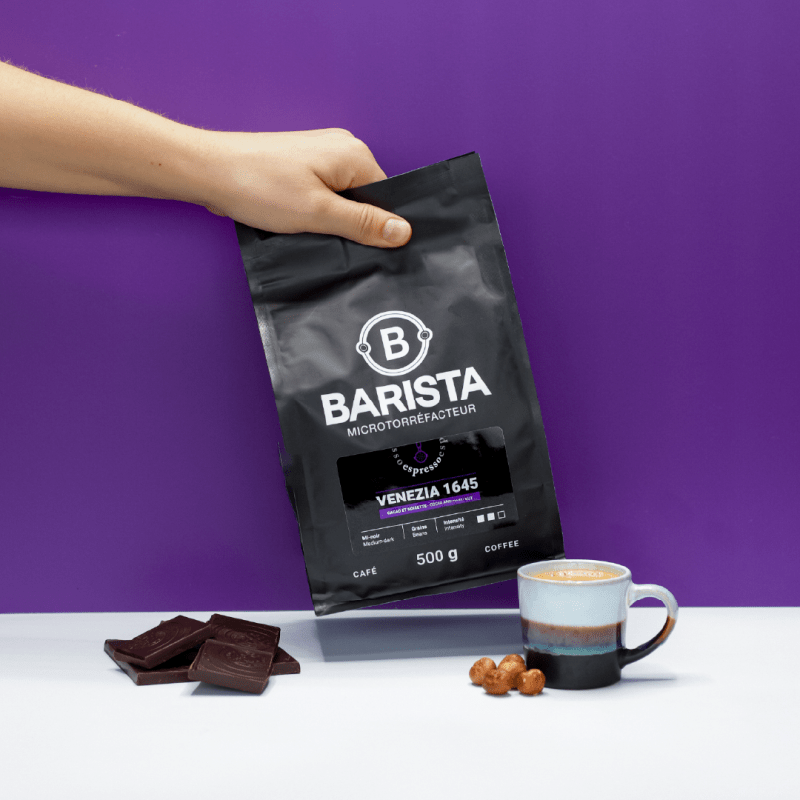
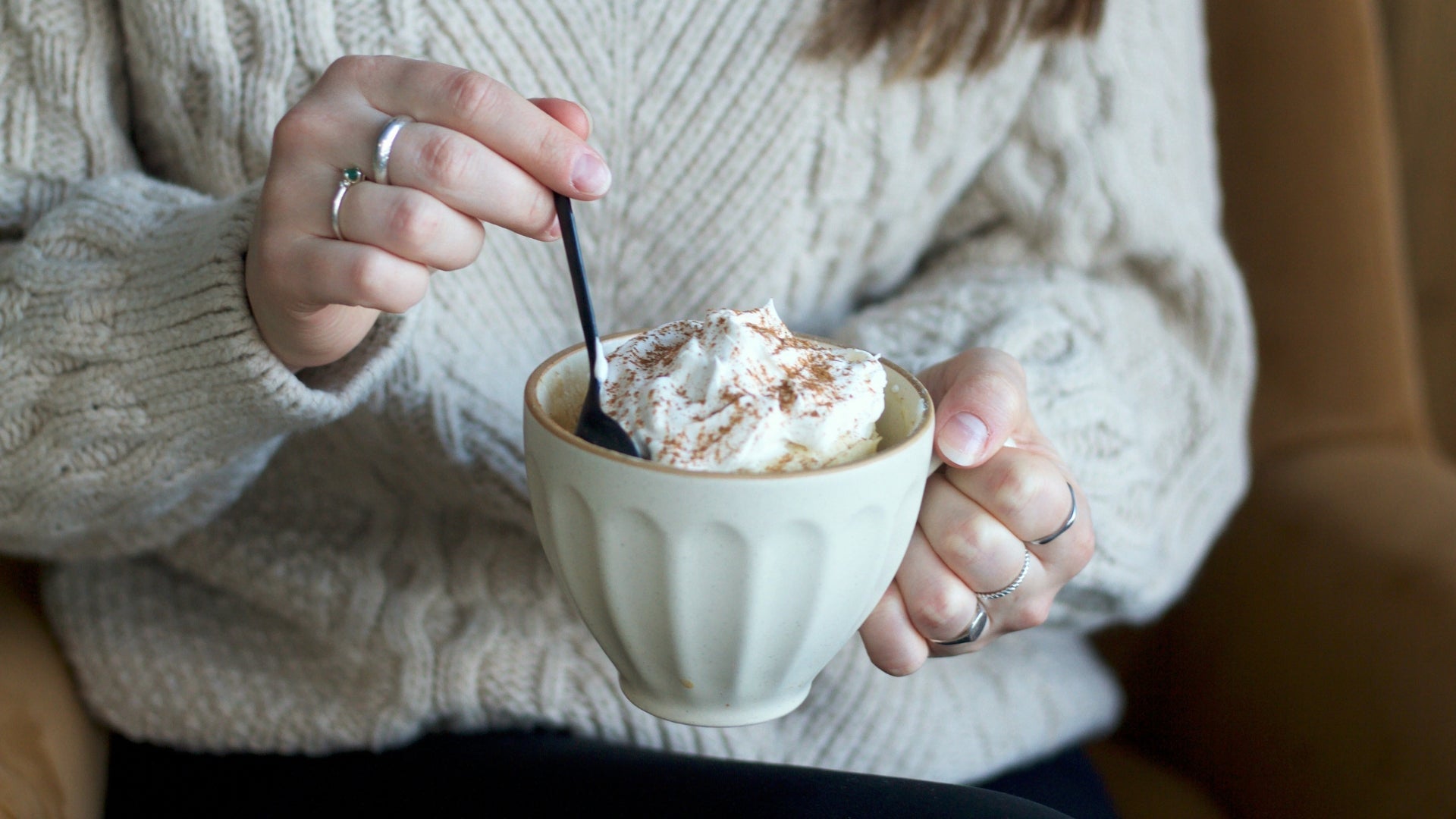
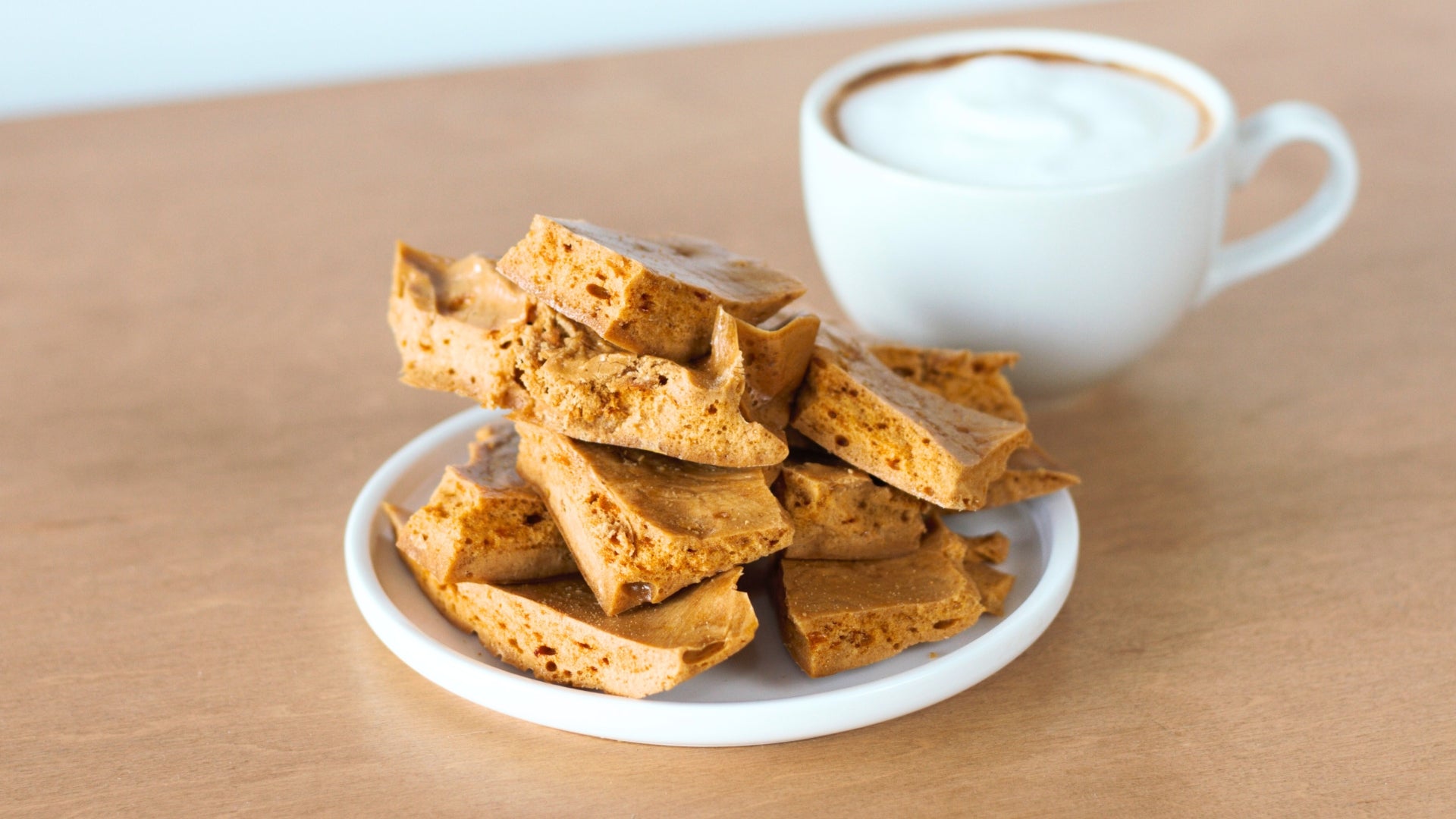
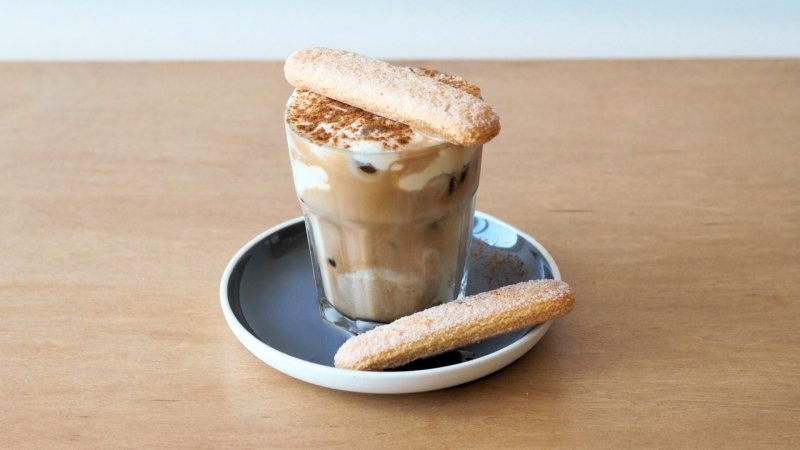
Share:
Recette de pain au chocolat d’Amélie Kretz
Our Favourite Coffee Reads